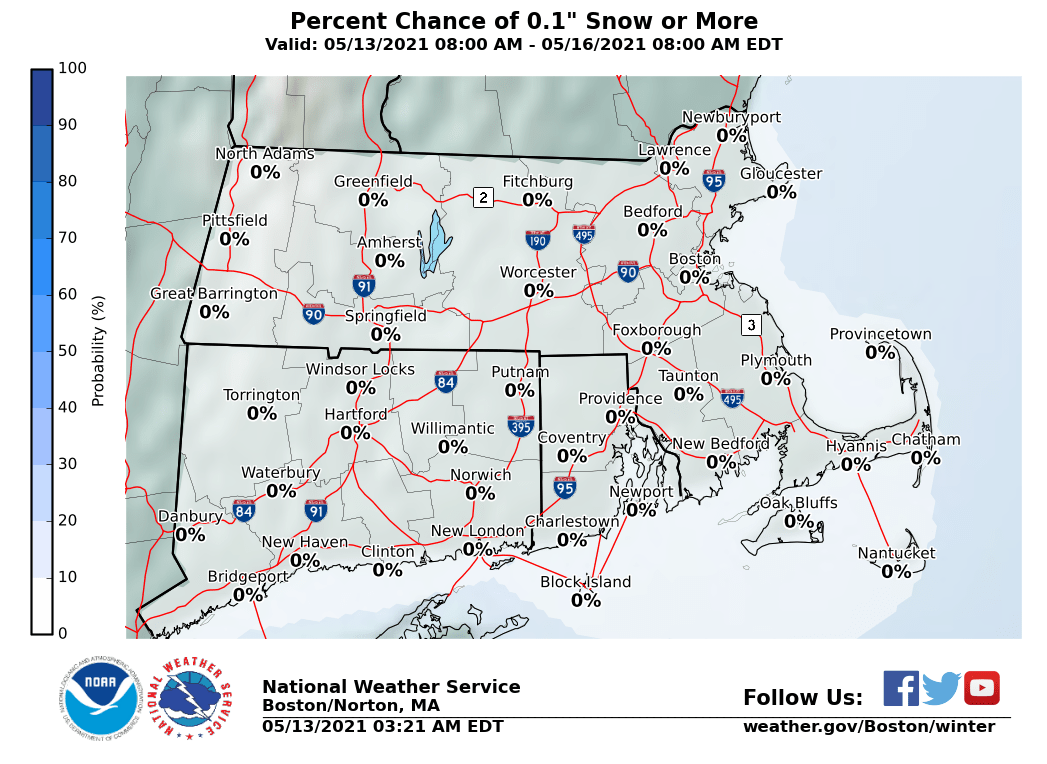AI model shows promise to generate faster, more accurate weather forecasts
University
of Washington
Today's weather forecasts come from some of the most powerful computers on Earth. The huge machines churn through millions of calculations to solve equations to predict temperature, wind, rainfall and other weather events.
A forecast's combined need for speed and accuracy taxes even the most modern computers.
The
future could take a radically different approach. A collaboration between the
University of Washington and Microsoft Research shows how artificial
intelligence can analyze past weather patterns to predict future events, much
more efficiently and potentially someday more accurately than today's
technology.
The
newly developed global weather model bases its predictions on the past 40 years
of weather data, rather than on detailed physics calculations. The simple,
data-based A.I. model can simulate a year's weather around the globe much more
quickly and almost as well as traditional weather models, by taking similar
repeated steps from one forecast to the next, according to a paper published
this summer in the Journal of Advances in Modeling Earth Systems.
"Machine learning is essentially doing a glorified version of pattern recognition," said lead author Jonathan Weyn, who did the research as part of his UW doctorate in atmospheric sciences. "It sees a typical pattern, recognizes how it usually evolves and decides what to do based on the examples it has seen in the past 40 years of data."
Although
the new model is, unsurprisingly, less accurate than today's top traditional
forecasting models, the current A.I. design uses about 7,000 times less
computing power to create forecasts for the same number of points on the globe.
Less computational work means faster results.
That
speedup would allow the forecasting centers to quickly run many models with
slightly different starting conditions, a technique called "ensemble
forecasting" that lets weather predictions cover the range of possible
expected outcomes for a weather event -- for instance, where a hurricane might
strike.
"There's
so much more efficiency in this approach; that's what's so important about
it," said author Dale Durran, a UW professor of atmospheric sciences.
"The promise is that it could allow us to deal with predictability issues
by having a model that's fast enough to run very large ensembles."
Co-author
Rich Caruana at Microsoft Research had initially approached the UW group to
propose a project using artificial intelligence to make weather predictions
based on historical data without relying on physical laws. Weyn was taking a UW
computer science course in machine learning and decided to tackle the project.
"After
training on past weather data, the A.I. algorithm is capable of coming up with
relationships between different variables that physics equations just can't
do," Weyn said. "We can afford to use a lot fewer variables and
therefore make a model that's much faster."
To
merge successful A.I. techniques with weather forecasting, the team mapped six
faces of a cube onto planet Earth, then flattened out the cube's six faces,
like in an architectural paper model. The authors treated the polar faces
differently because of their unique role in the weather as one way to improve
the forecast's accuracy.
The
authors then tested their model by predicting the global height of the 500
hectopascal pressure, a standard variable in weather forecasting, every 12
hours for a full year. A recent paper, which included Weyn as a co-author,
introduced WeatherBench as a benchmark test for data-driven weather forecasts.
On that forecasting test, developed for three-day forecasts, this new model is
one of the top performers.
The
data-driven model would need more detail before it could begin to compete with
existing operational forecasts, the authors say, but the idea shows promise as
an alternative approach to generating weather forecasts, especially with a
growing amount of previous forecasts and weather observations.
